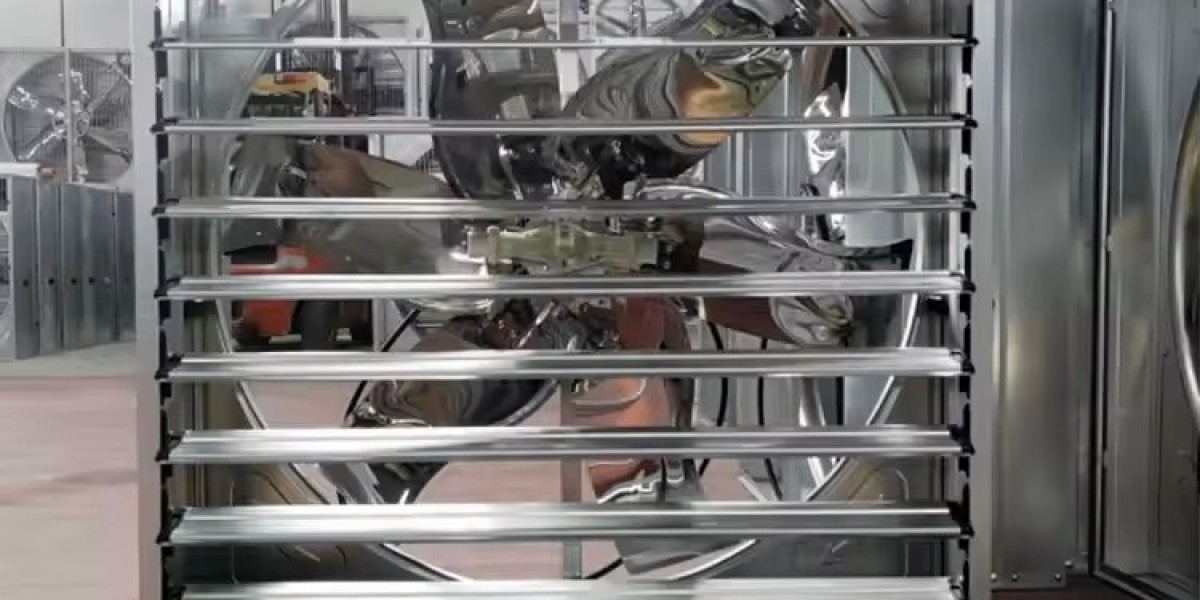Have you ever wondered why your bathroom or kitchen feels stuffy even when the exhaust fan is running? It’s possible that your exhaust fan isn’t strong enough. A weak exhaust fan can lead to poor ventilation, excess humidity, and even structural damage over time. Let’s explore the signs that indicate your exhaust fan needs an upgrade and why investing in a powerful exhaust fan is a smart choice.
Why Is an Exhaust Fan Important?
Exhaust fans play a crucial role in maintaining indoor air quality. They remove excess moisture, odors, and pollutants, preventing issues like mold growth and poor air circulation. Without a properly functioning exhaust fan, your home’s comfort and health could be at risk.
How Does an Exhaust Fan Work?
An exhaust fan works by drawing stale, moist air out of a room and venting it outside. This process reduces humidity and improves air circulation. However, if the fan isn’t strong enough, it won’t effectively perform these tasks.
Common Signs of a Weak Exhaust Fan
Humidity Levels Stay High
Does your bathroom still feel humid long after a shower? A weak exhaust fan might be the culprit. High humidity levels can lead to peeling paint and warped wood, which are costly to repair.
Lingering Odors
Can you still smell cooking or other odors even hours later? A strong exhaust fan should quickly clear unpleasant smells. Persistent odors are a clear sign of inefficiency.
Foggy Mirrors or Windows
If mirrors or windows remain foggy after using the fan, it’s not doing its job. This is especially common in bathrooms with outdated or underpowered exhaust fans.
Visible Mold or Mildew
Notice black spots on walls or ceilings? Mold and mildew thrive in moist environments, and a weak fan can’t keep moisture levels in check. This not only looks bad but poses health risks too.
Increased Utility Bills
A weak fan often has to work overtime, consuming more energy. If your utility bills are creeping up without explanation, it’s worth checking the fan’s efficiency.
No Noticeable Airflow
Hold a tissue near the fan’s vent. If it barely moves, the fan might not be powerful enough to pull air effectively. This simple test can reveal a lot.
Benefits of a Powerful Exhaust Fan
Upgrading to a powerful exhaust fan offers numerous advantages:
Better Air Quality: Removes pollutants and allergens effectively.
Moisture Control: Prevents mold and mildew growth.
Energy Efficiency: Works faster, using less energy overall.
Improved Comfort: Keeps your home fresh and odor-free.
How to Choose the Right Exhaust Fan
When selecting a new exhaust fan, consider the following:
CFM (Cubic Feet per Minute): Higher CFM means more airflow. Choose one suited to your room size.
Noise Level: Opt for a quiet model, especially for bedrooms and bathrooms.
Energy Efficiency: Look for Energy Star-rated models to save on energy costs.
Additional Features: Some fans come with integrated lights, heaters, or humidity sensors for added convenience.
Professional Installation Tips
Installing an exhaust fan might seem straightforward, but professional installation ensures proper venting and wiring. This not only guarantees performance but also complies with local building codes.
Maintenance for Optimal Performance
Keep your fan running efficiently with these tips:
Clean the Vent Regularly: Dust and debris can block airflow.
Check for Damage: Inspect the fan blades and motor periodically.
Replace Filters: If your fan uses filters, clean or replace them as needed.
When to Replace Your Exhaust Fan
Even the best exhaust fans have a lifespan. If your fan is noisy, inefficient, or over ten years old, it might be time for a replacement. Upgrading ensures better performance and energy efficiency.
FAQs About Exhaust Fans
1. How do I know if my exhaust fan is strong enough?
Conduct a tissue test near the vent. If the tissue doesn’t move significantly, the fan might be too weak.
2. What is the ideal CFM for an exhaust fan?
For bathrooms, 1 CFM per square foot is standard. Kitchens typically require higher CFM ratings due to heavier use.
3. Can a weak exhaust fan cause health problems?
Yes, poor ventilation can lead to mold growth and air quality issues, which may trigger allergies and respiratory problems.
4. How often should I clean my exhaust fan?
Clean your fan every three to six months to maintain optimal performance and prevent blockages.
5. Is it worth investing in a powerful exhaust fan?
Absolutely! A powerful fan ensures better air quality, reduces humidity, and saves energy in the long run.









